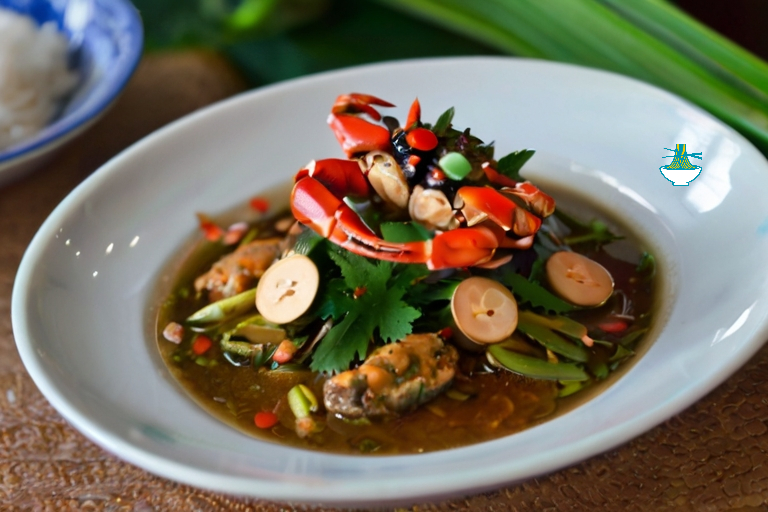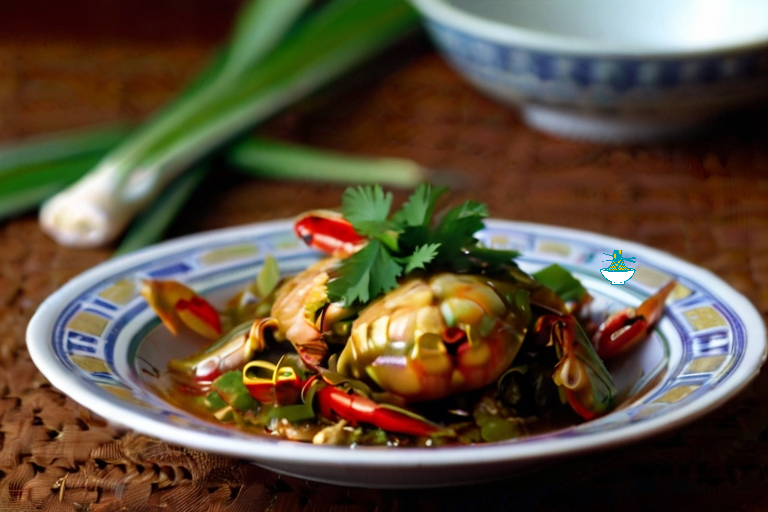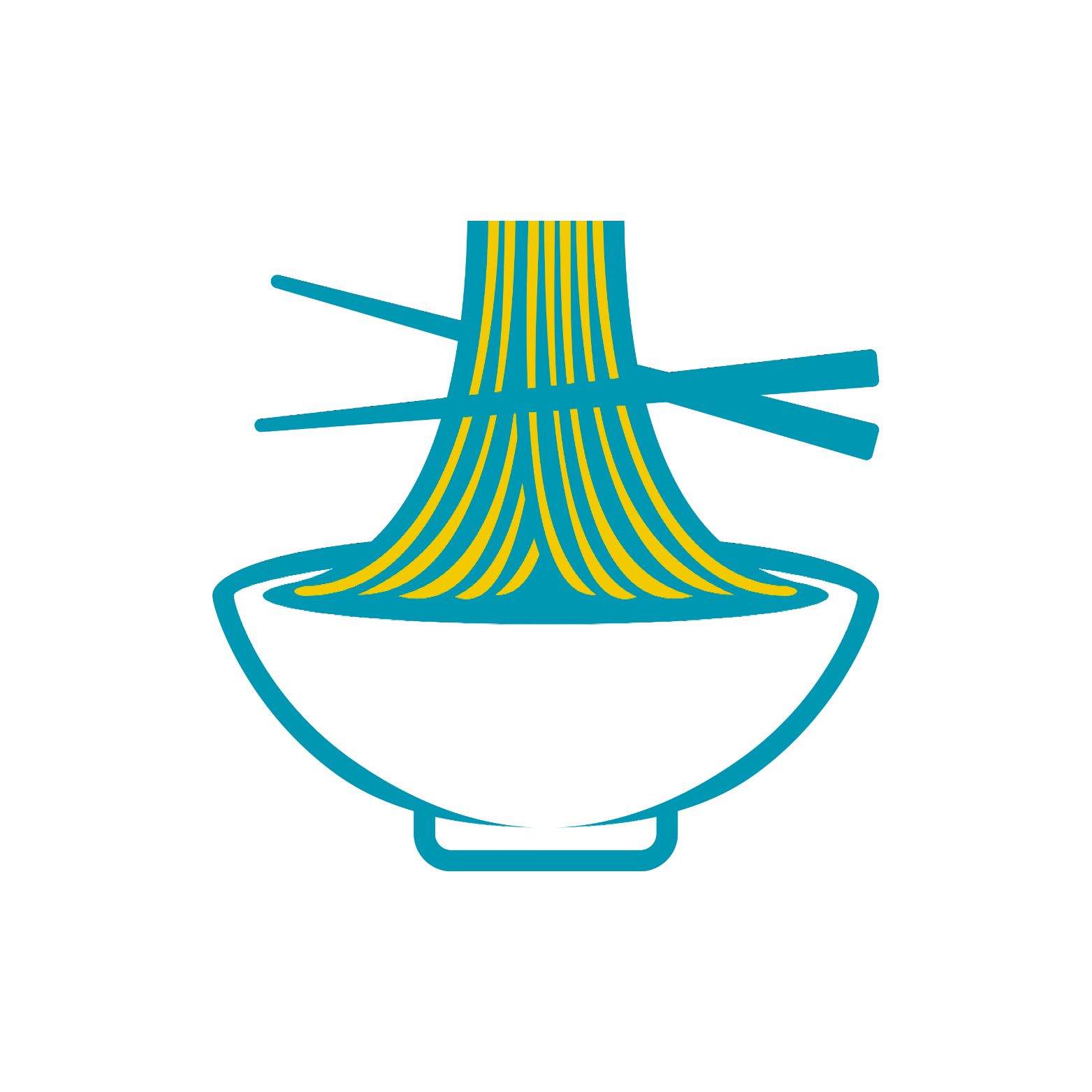Embark on a culinary journey to Cambodia with the tantalizing flavors of Kdam Chaa, a beloved traditional dish that captures the essence of Cambodian cuisine. Bursting with fresh seafood and aromatic spices, Kdam Chaa showcases the rich culinary heritage of this vibrant Southeast Asian nation. In this recipe, we'll delve into the art of creating this delectable stir-fried crab dish, perfect for impressing guests or simply treating yourself to an unforgettable dining experience. Let's dive into the world of Cambodian gastronomy and discover the secrets behind the irresistible allure of Kdam Chaa.
Ingredients:
- 2 large live crabs, cleaned and quartered
- 3 tablespoons vegetable oil
- 5 cloves garlic, minced
- 1 tablespoon finely chopped lemongrass
- 1 tablespoon finely chopped galangal or ginger
- 1 tablespoon Kampot pepper (or black pepper), freshly ground
- 1 tablespoon fish sauce
- 1 tablespoon oyster sauce
- 1 teaspoon sugar
- 1 red chili, thinly sliced (optional)
- 1 cup fresh basil leaves
- Lime wedges, for serving

Instructions:
1- Prepare the crabs by cleaning them thoroughly and cutting them into quarters. Crack the claws slightly to allow the flavors to penetrate while cooking.
2- Heat the vegetable oil in a large wok or skillet over medium-high heat.
3- Add the minced garlic, chopped lemongrass, and galangal or ginger to the wok. Stir-fry for about 1-2 minutes until fragrant.
4- Add the quartered crabs to the wok, stirring well to coat them with the aromatic mixture.
5- Sprinkle the freshly ground Kampot pepper (or black pepper) over the crabs, followed by the fish sauce, oyster sauce, and sugar. Toss the crabs gently to ensure they are evenly coated with the sauce.
6- Continue to stir-fry the crabs for about 5-7 minutes, or until they turn bright orange and are cooked through. Be careful not to overcook them, as crab meat can become tough.
7- If using, add the thinly sliced red chili to the wok and toss briefly to incorporate.
8- Finally, add the fresh basil leaves to the wok and stir-fry for another minute until wilted.
9- Remove the wok from the heat and transfer the stir-fried crab to a serving platter.
10- Serve the Kdam Chaa hot, garnished with lime wedges on the side for squeezing over the crab just before eating.
11- Enjoy this flavorful Cambodian delicacy with steamed rice or as part of a larger seafood feast!
Nutritional Values:
Here are the approximate nutritional values for the ingredients used in the Cambodia Kdam Chaa recipe:
Large Live Crabs (2 crabs, cleaned and quartered):
- Calories: 98 kcal
- Protein: 19 g
- Fat: 2 g
- Carbohydrates: 0 g
- Fiber: 0 g
benefits: Rich source of protein, vitamins (such as B12), and minerals (like selenium and zinc), which support muscle health, immune function, and overall well-being.
Vegetable Oil (3 tablespoons):
- Calories: 357 kcal
- Fat: 40.5 g
- No significant amounts of protein, carbohydrates, or fiber
benefits: Provides healthy fats essential for brain function, hormone production, and absorption of fat-soluble vitamins (A, D, E, K).
Garlic (5 cloves, minced):
- Calories: 20 kcal
- Protein: 1 g
- Fat: 0 g
- Carbohydrates: 5 g
- Fiber: 0 g
benefits: Contains allicin, a compound with potent medicinal properties, including anti-inflammatory, antimicrobial, and cardiovascular benefits.
Lemongrass (1 tablespoon, finely chopped):
- Calories: 5 kcal
- Protein: 0 g
- Fat: 0 g
- Carbohydrates: 1 g
- Fiber: 0 g
benefits: Offers antioxidants and compounds like citral, which may have anti-inflammatory and antimicrobial properties, aiding digestion and promoting skin health.
Galangal or Ginger (1 tablespoon, finely chopped):
- Calories: 4 kcal
- Protein: 0 g
- Fat: 0 g
- Carbohydrates: 1 g
- Fiber: 0 g
benefits: Known for their anti-inflammatory and digestive properties, they contain gingerol and other bioactive compounds that may help reduce nausea, alleviate muscle pain, and support immune function.
Kampot Pepper or Black Pepper (1 tablespoon, freshly ground):
- Calories: 16 kcal
- Protein: 0.6 g
- Fat: 0.3 g
- Carbohydrates: 3.4 g
- Fiber: 1.4 g
benefits: Contains piperine, a compound that may enhance nutrient absorption, support digestion, and exhibit antioxidant and anti-inflammatory effects.
Fish Sauce (1 tablespoon):
- Calories: 10 kcal
- Protein: 1.4 g
- Fat: 0 g
- Carbohydrates: 1.2 g
- Fiber: 0 g
benefits: Rich in protein and minerals like iodine, fish sauce adds savory flavor while providing essential nutrients important for thyroid health and metabolism.
Oyster Sauce (1 tablespoon):
- Calories: 9 kcal
- Protein: 0.3 g
- Fat: 0 g
- Carbohydrates: 2.1 g
- Fiber: 0 g
benefits: Adds depth of flavor and contains nutrients like iron and zinc, contributing to immune function, energy production, and wound healing.
Sugar (1 teaspoon):
- Calories: 16 kcal
- No significant amounts of protein, fat, or fiber
benefits: Provides quick energy, but should be consumed in moderation due to its high glycemic index and potential negative effects on blood sugar levels and overall health.
Red Chili (1, thinly sliced):
- Calories: 18 kcal
- Protein: 1 g
- Fat: 0.3 g
- Carbohydrates: 4 g
- Fiber: 1.5 g
benefits: Contains capsaicin, a compound that may boost metabolism, reduce appetite, and alleviate pain, while also providing vitamins (like C) and antioxidants.
Fresh Basil Leaves (1 cup):
- Calories: 2 kcal
- Protein: 0.3 g
- Fat: 0 g
- Carbohydrates: 0.4 g
- Fiber: 0.3 g
benefits: Rich in vitamins (such as K and A) and antioxidants like flavonoids, basil supports immune health, cardiovascular function, and may have anti-inflammatory properties.
Nutritional values are approximate and may vary based on factors such as the specific brands of ingredients used and any variations in preparation.


Comments